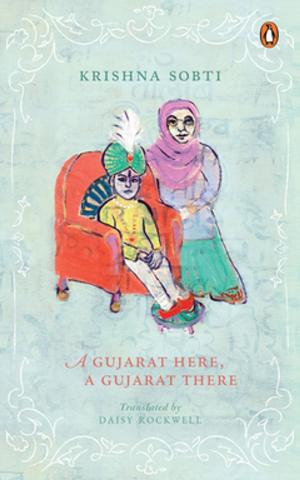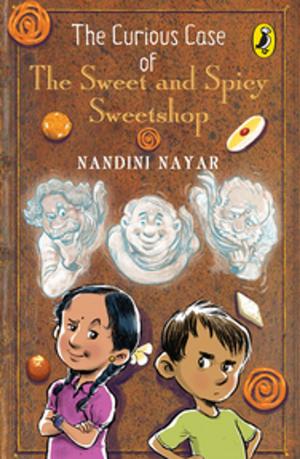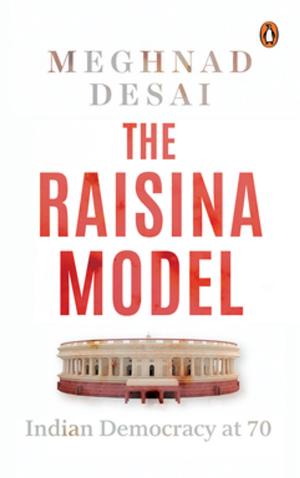| Author: | Govind Mishra | ISBN: | 9789387625143 |
| Publisher: | Penguin Random House India Private Limited | Publication: | October 20, 2010 |
| Imprint: | Penguin | Language: | English |
| Author: | Govind Mishra |
| ISBN: | 9789387625143 |
| Publisher: | Penguin Random House India Private Limited |
| Publication: | October 20, 2010 |
| Imprint: | Penguin |
| Language: | English |
‘He was leaving behind the house which he no longer cared for but still felt in his blood. He’ll surely return but will the house then be as it is now? Will the people whose presence makes the house with five courtyards a veritable mohalla still be there?’ For a sprawling edifice with five courtyards, it was a flourishing house. The brothers who resided in the various quarters lived harmoniously under the supervision of a mother, Badi Amma, who was considered the head of the house after the death of her husband. Every guest, be it a distant relative or a fond friend, found refuge in the house; Sankranti and Eid were celebrated with equal aplomb; musical soirées were held every other evening; children flitted about neither caring where they ate or slept in the house, nor differentiating between their uncles, aunts and their parents. However, when the eldest brother, a successful lawyer, gives up his practice to take part in the Independence struggle his, otherwise affluent household falls apart around him. Badi Amma, who had held her sons and their families together, also loses control as the family struggles to make ends meet. When her grandsons from her eldest son leave the house to make a life for themselves in the cities, the collapse of her perfect world is complete. A saga spun over three generations, The House with Five Courtyards traces the breakdown of a joint family in Benaras. Govind Mishra’s award-winning novel is a sharp illustration of a society veering away from the traditions and ideals of the past towards a more materialistic present.
‘He was leaving behind the house which he no longer cared for but still felt in his blood. He’ll surely return but will the house then be as it is now? Will the people whose presence makes the house with five courtyards a veritable mohalla still be there?’ For a sprawling edifice with five courtyards, it was a flourishing house. The brothers who resided in the various quarters lived harmoniously under the supervision of a mother, Badi Amma, who was considered the head of the house after the death of her husband. Every guest, be it a distant relative or a fond friend, found refuge in the house; Sankranti and Eid were celebrated with equal aplomb; musical soirées were held every other evening; children flitted about neither caring where they ate or slept in the house, nor differentiating between their uncles, aunts and their parents. However, when the eldest brother, a successful lawyer, gives up his practice to take part in the Independence struggle his, otherwise affluent household falls apart around him. Badi Amma, who had held her sons and their families together, also loses control as the family struggles to make ends meet. When her grandsons from her eldest son leave the house to make a life for themselves in the cities, the collapse of her perfect world is complete. A saga spun over three generations, The House with Five Courtyards traces the breakdown of a joint family in Benaras. Govind Mishra’s award-winning novel is a sharp illustration of a society veering away from the traditions and ideals of the past towards a more materialistic present.















